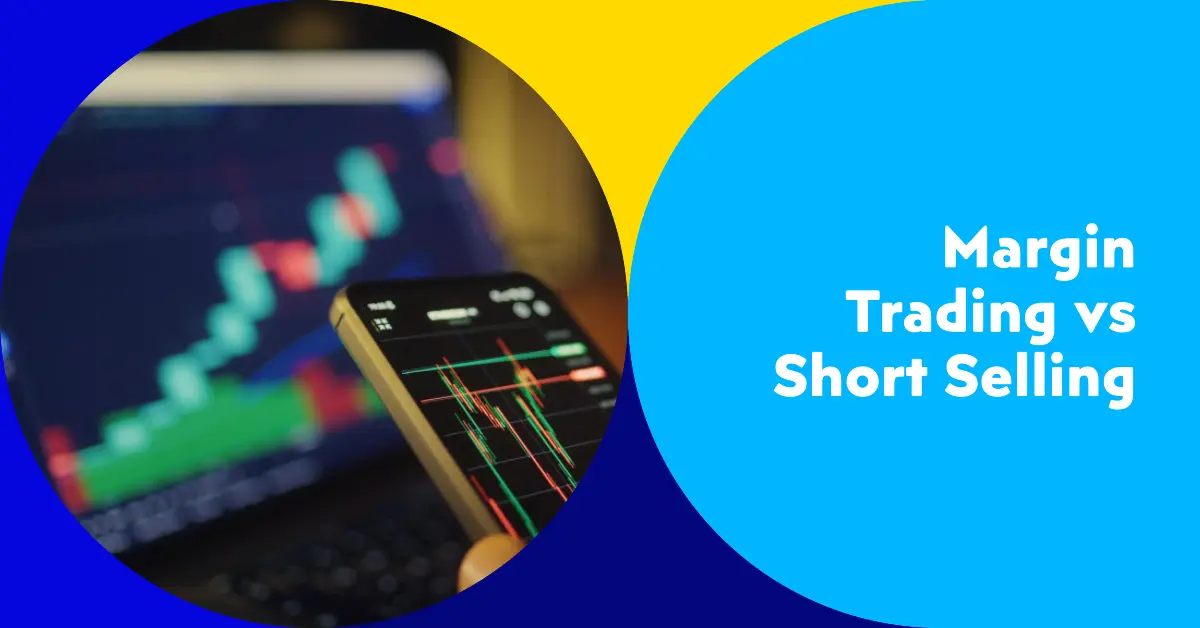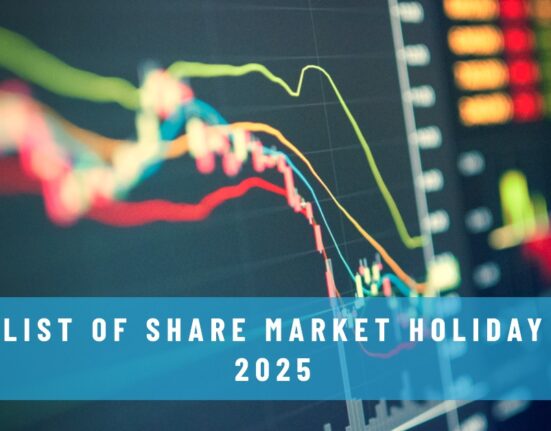Two strategies that often catch traders’ attention are margin trading and short selling. These techniques have the potential to amplify profits, but they come with their own unique risks and considerations. In this blog, we’ll explore the differences between margin trades and short selling, empowering you with the knowledge to make informed decisions and navigate the intricate world of online trading.
What is Margin Trading?
Margin trading is an exchange approved product that allows traders to borrow funds from a broker or an exchange to increase their buying power and participate in larger positions in the market. In other words, it enables investors to leverage their capital, potentially amplifying their potential returns on investment.
When a trader engages in margin trades on platforms like m.Stock, Upstox, Angel One and bank brokers also provide MTF facility. In this trader can borrow money from their broker.
Here m.Stock stands outs as a smart choice for investors as they offer one of the lowest MTF rates starting from 6.99% with no holding period and zero brokerage on all investments products like Mutual funds, Currencies, IPOs, etc. Above all, it has a user-friendly interface and hassle-free account opening process. It also enables you to leverage your capital with ease. By borrowing funds from the platform, you can access additional buying power and take advantage of lucrative market opportunities.
To secure the borrowed funds, the trader is required to deposit a certain amount of their own capital or assets as collateral. This collateral acts as a guarantee for the broker in case the trade results in losses and the borrowed funds cannot be repaid.
Moreover, the leverage ratio determines how much additional buying power the trader gains with the borrowed funds. For example, platforms like m.Stock offers 4x leverage, which means that for every unit of your own capital, you can control positions that are four times larger. To calculate your savings with m.Stock you can use the eMargin brokerage calculator which is easy to use, investors just have to enter their current MTF details and explore how much you can save with m.Stock’s eMargin.
While margin trades can amplify potential gains, it also magnifies potential losses. If the market moves in the trader’s favor, they can make substantial profits. However, if the market goes against their position, losses can exceed the initial capital and collateral deposited.
To protect both the trader and the broker from excessive losses, margin accounts of a margin trade facility have a maintenance margin requirement. If the value of the trader’s account falls below this requirement due to losses, the broker may issue a margin call, demanding additional funds or assets to bring the account back to the required level.
What is Short Selling?
Short selling, also known as “shorting,” is a financial strategy that allows traders to profit from the decline in the price of an asset. Unlike traditional investing, where investors buy an asset with the hope that its price will rise, short selling involves selling an asset that the trader does not own, with the expectation that its value will decrease. This may sound counterintuitive, but short selling can be a valuable tool for traders to benefit from bearish market conditions.
In short selling, the trader borrows the asset they want to sell from their broker or another investor who owns the asset. The borrowed asset is then immediately sold in the market.
After selling the borrowed asset, the trader waits for the price to drop. If the asset’s value declines as anticipated, the trader can repurchase the asset at the lower price. Once the trader buys back the asset at a lower price, they return it to the lender (the broker or investor) to close the short position.
The profit in short selling is made by selling high and buying low. If the price of the asset drops between the initial sale and repurchase, the trader pockets the difference as profit. However, if the asset’s price rises instead, the trader faces a potential loss, as they will need to buy the asset back at a higher price. In short selling m.Stock’s zero brokerage feature helps in increasing the profits of the traders/investors.
Key Differences and Considerations
While both margin trading and short selling provide opportunities for traders to enhance their returns, it’s important to understand the differences and risks associated with each strategy:
● Directional Bias:
Margin trades allow traders to take both long (buy) and short (sell) positions, while short selling focuses exclusively on profiting from downward price movements.
● Ownership:
In margin trading, traders retain ownership of the assets they purchase, whereas, in short selling, they borrow the assets from a broker.
● Risk Profile:
Margin trading carries the risk of potential losses if the market moves against the trader’s position. On the other hand, short selling involves the risk of unlimited losses if the price of the shorted asset rises significantly.
● Time Horizon:
Margin trades have no time restrictions, allowing traders to hold their positions for as long as they desire. Short selling, however, often comes with time restrictions and borrowing fees, making it more suitable for shorter-term trades.
● Regulatory Considerations:
Margin trading and short selling are subject to specific regulations and rules that vary by jurisdiction. Traders must understand and comply with these regulations to avoid any legal consequences.
Conclusion
As a seasoned trader or an aspiring investor, it’s essential to comprehend the nuances of different trading strategies. Margin trading and short selling are two techniques that offer unique opportunities, but they come with their own set of risks and considerations. By understanding the differences between these strategies and using margin trade facility at m.Stock, you can confidently make well-informed decisions and navigate the financial markets.
m.Stock stands out as the best online trading platform options for traders because it provides zero brokerage on all products like IPOs, ETFs, Delivery, Intraday, Mutual Funds, MTF (eMargin), etc at a minimum fee of Rs.999/-.






